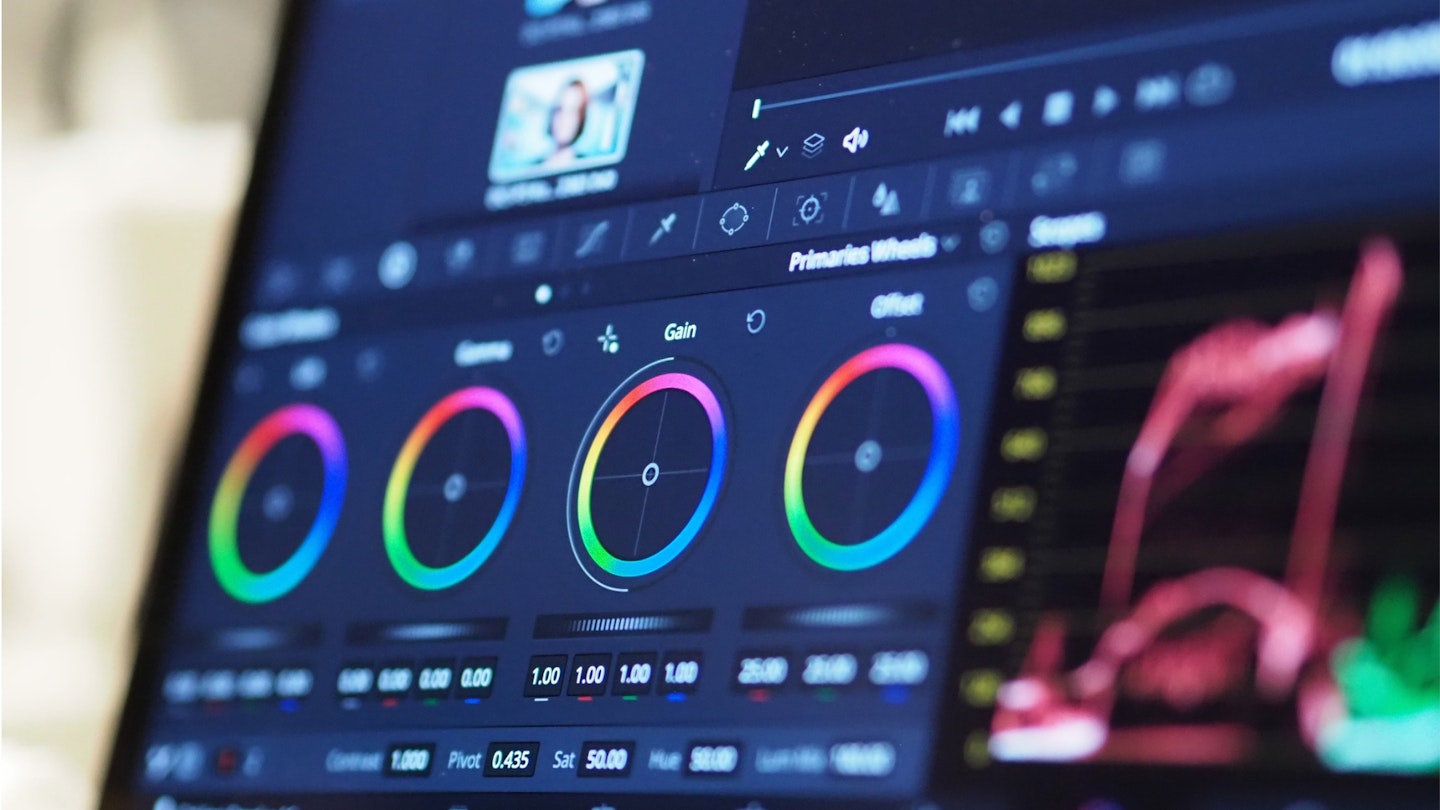Colour correction is the process where an image or a video file’s content is adjusted to correct aspects such as contrast, brightness, and the overall colour of the file. It is an aspect of editing that requires a really good monitor, and it's one of those editing tasks which many people who don’t work with images for a living will not notice. But equally, if an image didn’t have colour correction anyone would be able to tell that something was off.
Correction is often the first step in the colourist’s process, where they must match an image to what the naked eye would perceive – to do so, they use a monitor perfectly suited for colour correction. Suppose the image was captured in poor lighting, or if there were issues with elements like white balance, perhaps even if the colour of someone’s clothes is bouncing onto their face. Correction seeks to make these aspects as uniform and realistic as possible.
Many aspects of the image should be altered in colour correction, the exposure of the image, the temperature of the white balance and the overall contrast of the image are all elements that come together to make or break an image. If you take a photo with the best camera you have, you’ll likely still need to ensure that the final image is as true to life as possible. Lighting is a delicate and tricky science to fully grasp, when it comes to making your photography stand out, it’s important to understand its importance and how it can be used to save editing time.

Ways to improve your ability to correct colour include having a reference monitor, not just a laptop or phone screen, but a colour-accurate monitor that will enable you to step up your workflow. Keep in mind that correction is not the same as grading. When you grade an image, you tend to add to it in a way that makes a pleasing picture, not an accurate representation. When editing, correction always comes before grading.
However, when it comes to colour correction, it can be a bit of a rabbit hole. Starting with standard equipment, you may want to upgrade to a monitor that better represents the colours you’re editing, that process can cost the average editor anywhere from £500 to £30,000. Seeking the truest picture is a quest many editors are on, but what matters most is knowing the software before investing in any heavy-duty equipment because it’s all well and good getting the best monitor money can buy until you need to know how to use it to edit your projects, or even how to calibrate it.
Overall, this is a key step in the process of improving your art projects and is definitely worth the time it takes to learn a new software skill to add to your creative roster.
Olivia Sheed is a Tech Writer and Reviewer with What’s The Best. Here she writes reviews, how-to guides and articles across a range of topics, but primarily technology.
Her interests align with “anything nerdy.” An avid fan of TTRPGs, board games, miniature painting, and video games. Outside of that, she loves to discuss horror films, campy classics such as those from Hammer Film Productions in the 70s are her favourite for a comfy watch. An avid hiker, she visits the Lake District often, for both walking and wild swimming.
Subscribe to the What’s The Best Newsletter to keep up to date with more of the latest reviews and recommendations from the rest of the What’s The Best team.
